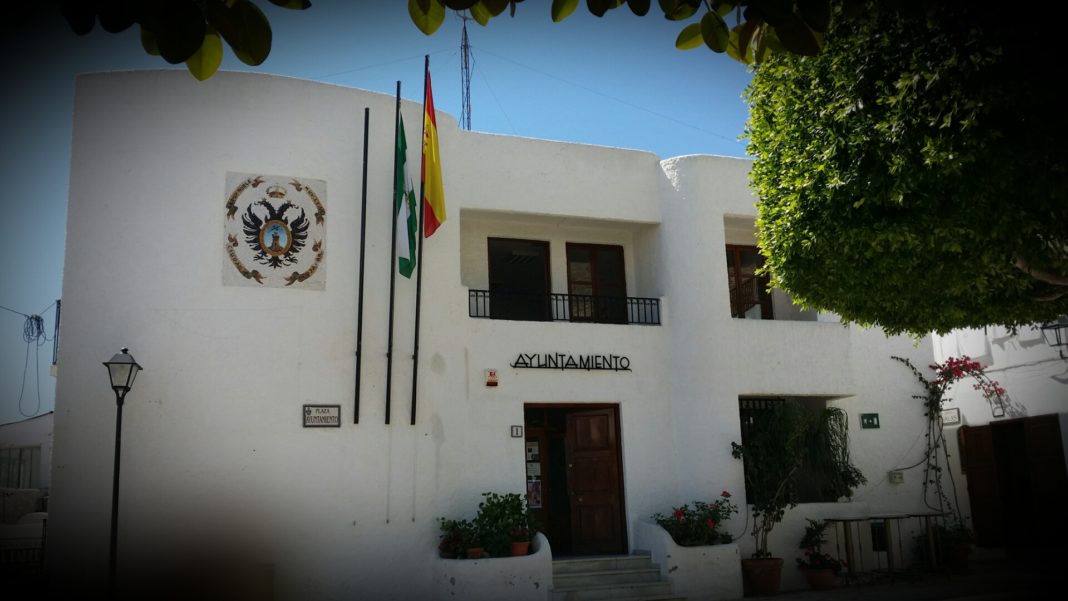Mojácar Council is asking residents to cast their vote for a new flag design, which will be formally registered and adopted to represent the town.
Mojácar to date, does not have the three representative elements of a shield, flag, and anthem to identify with, despite its history. The present coat of arms has been changed over time and, has never been officially approved in a formal plenary session.
For this reason, experts in the field of heraldry, flags and genealogy have been asked to prepare three options for a new design that will be put to the vote. The most popular design voted for on the Councils ‘Mojacar Informa’ Facebook page will then go to final approval through the Autonomous Administration and be legally registered in the Andalucían Registry of Local Entities. The Culture Department’s Councillor, Raquel Belmonte, hopes that all the people of the town and followers of its social networks will take the opportunity to select their favourite flag, with November 28th set as the deadline.
Three options have been designed, all in keeping with Mojácar’s history and tradition, using elements that have endured throughout the centuries. The double-headed eagle on the shield dates back to the 16th century, when it was the most powerful heraldic image, symbolizing the union between the Holy Roman Empire, the Habsburg Empire and the Hispanic Monarchy, including the Castilian colonies in American and Asia. The double-headed eagle was the emblem of the Hapsburgs that always appeared as an imperial symbol and, also appeared on the coat of arms of Carlos I.
Going back to the time of the Catholic Monarchs (the grandparents of Carlos I), Mojácar was ceded on June 12th, 1488 and given the title of city. The coat of arms was received in 1497 by Mojácar as a royal favour, like other important areas in the region, that were recognized as strategic places within the eastern Kingdom of Granada. Later, in 1530, through loyalty to the Hapsburgs, it was distinguished with the image of the double-headed eagle with Felipe II later adding the motto ” La muy noble y muy leal ciudad de Mojácar, llave y amparo del Reino de Granada.”
The depiction of the tower symbolises the watch and guard over the sea and, from the Moorish invasions from Africa with the key representing the closed entrance to block any enemies. It was with thanks to Mojácar that the uprising of the Alpujarras failed, which would have meant a severe setback to the Christian settlements.
The colours of blue and yellow belong to the original design and have prevailed through the centuries, with the sword representing the struggle that took place between the two cultures during the reconquest.





